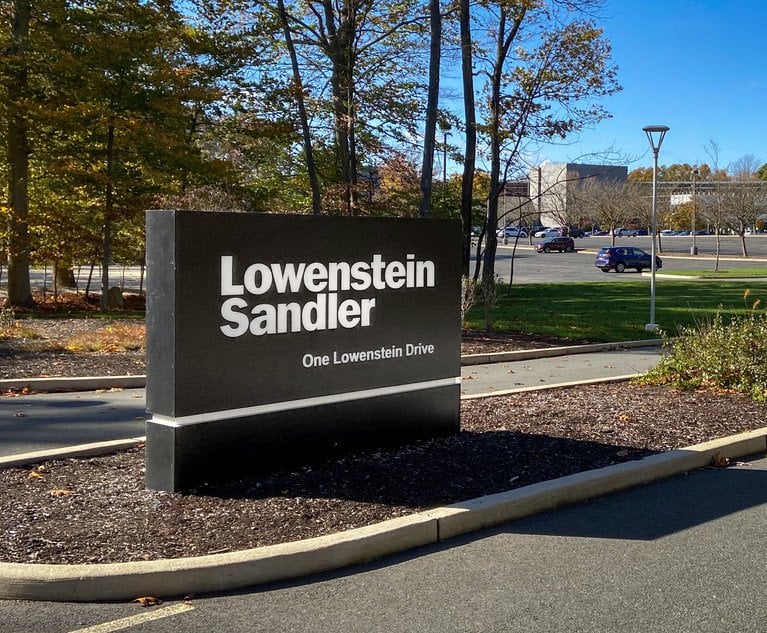A resurgence in mass-tort cases has renewed interest in channeling injunctions, particularly as they protect contributing insurers. While channeling injunctions in asbestos bankruptcy cases are issued pursuant to §524(g), they remain subject to the jurisdictional limitations imposed upon bankruptcy generally. The asbestos provision in §524(g) was modeled on the injunction issued by Judge John Lifland in Johns-Manville to help solve the complications associated with asbestos litigation. Judge Lifland’s ruling in Johns-Manville is believed to be the first in which unknown future claimants—those who had been exposed to asbestos, but were not yet exhibiting symptoms due to the decades-long latency period for asbestos-related diseases—were specifically included in a bankruptcy arrangement. The logic of that case remains relevant to utilizing channeling injunctions to protect contributors to central settlements intended to resolve mass-tort Chapter 11 cases that are not asbestos related.
On Sept. 23, 2019, the U.S. Bankruptcy Court for the District of Delaware held that negligence and failure-to-warn tort claims asserted against W.R. Grace’s insurers under Montana law following asbestos exposure were not derivative in nature and therefore not subject to a channeling injunction under §524(g). See Cont’l Cas. Co. v. Carr (In re W.R. Grace & Co.), No. 15-50766 (AMC) (Bankr. D. Del. Sept. 23, 2019), ECF No. 91-1. The holding addresses the scope of the channeling injunction contained in W.R. Grace’s plan of reorganization, and specifically, whether the channeling injunction enjoins a state-court lawsuit against one of W.R. Grace’s insurers. Importantly, it also addresses a bankruptcy court’s jurisdiction, a rationale that would extend beyond asbestos provisions and reach channeling injunctions used in other circumstances.


 Corinne Ball
Corinne Ball




